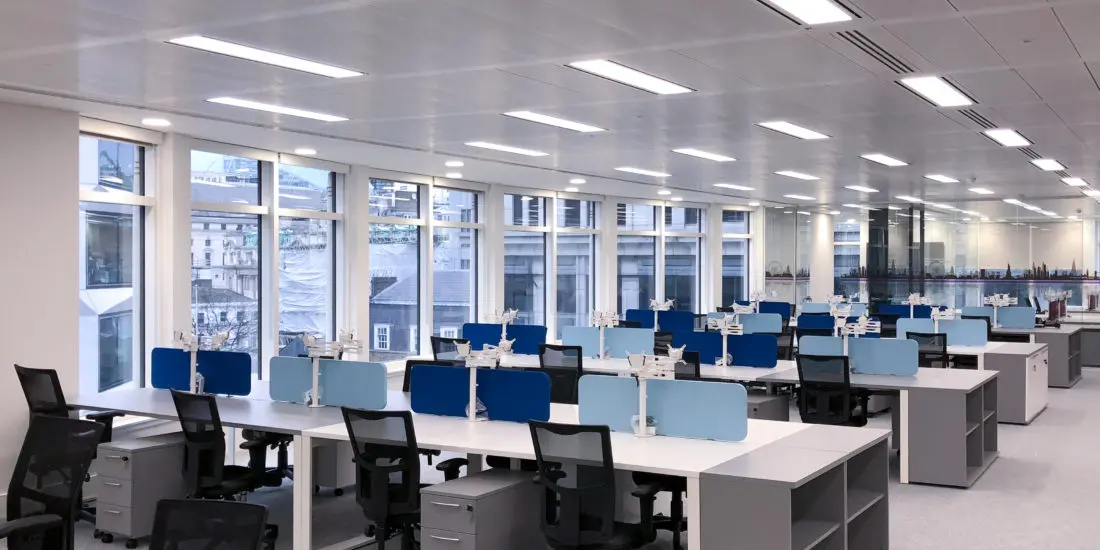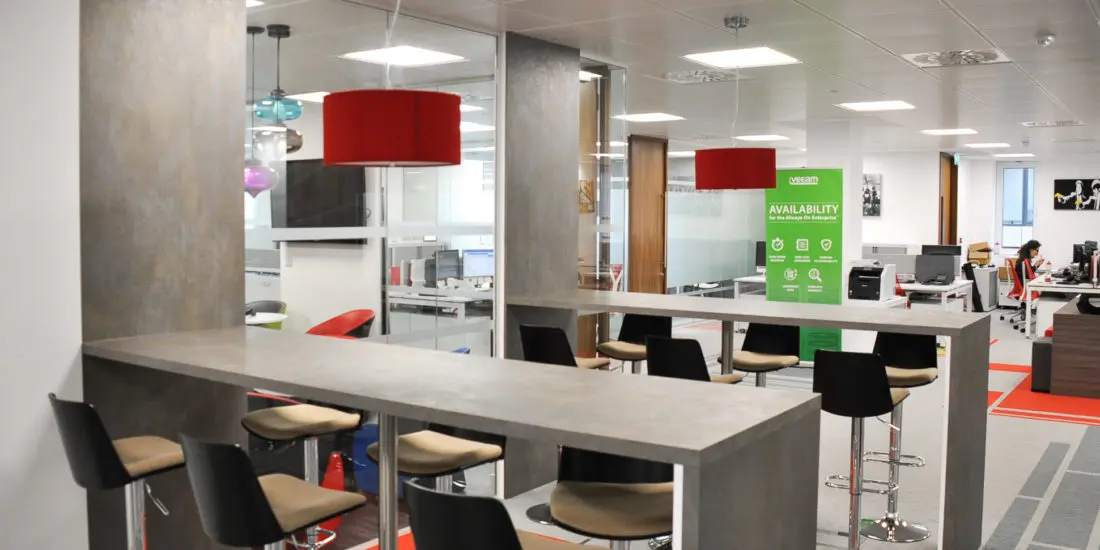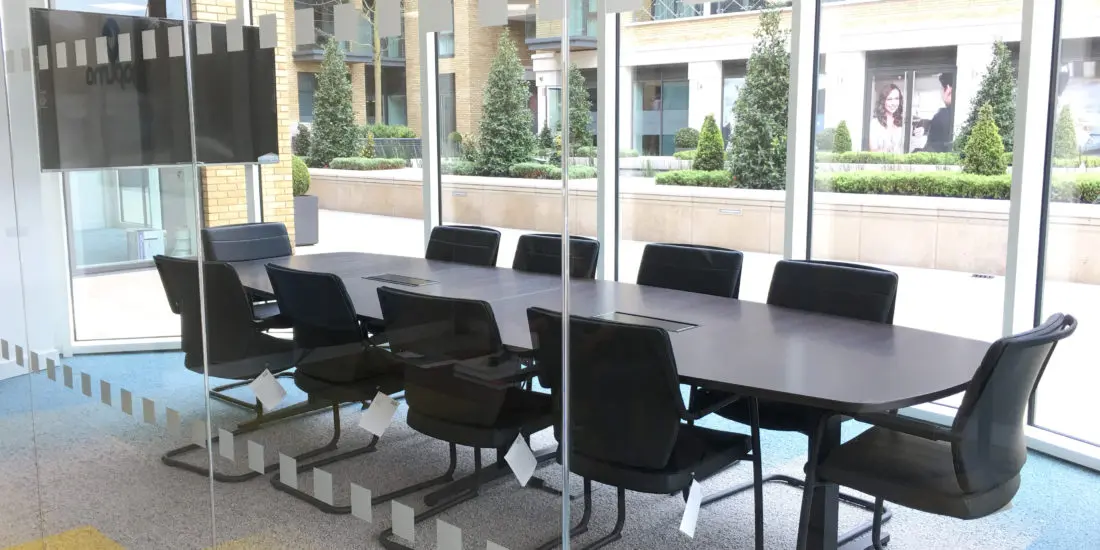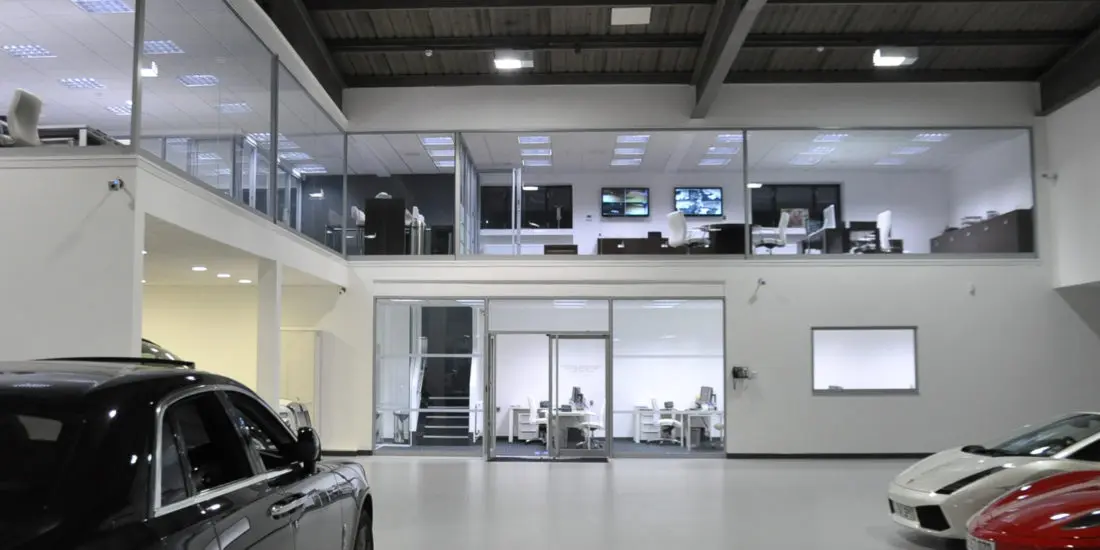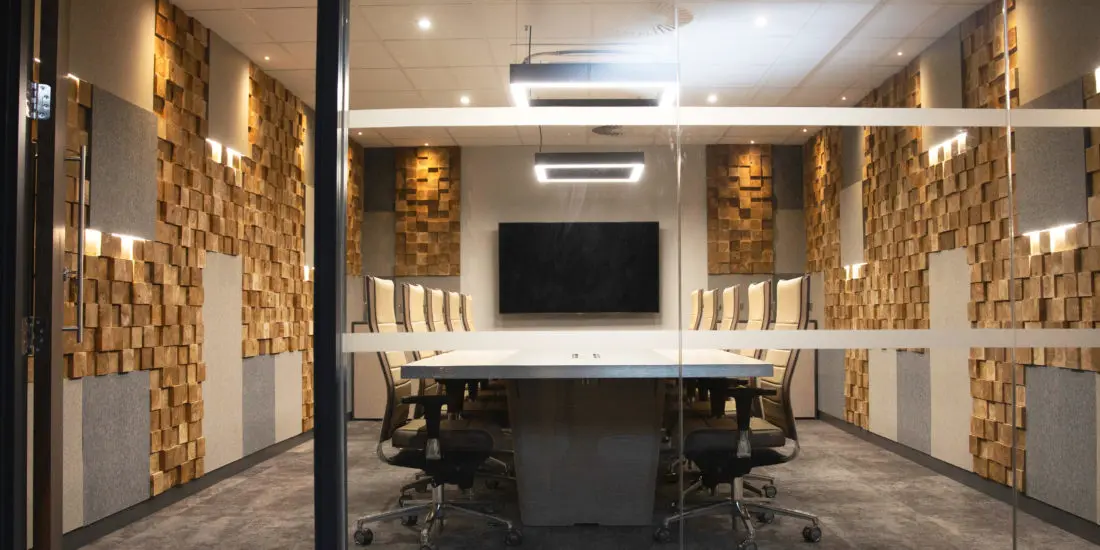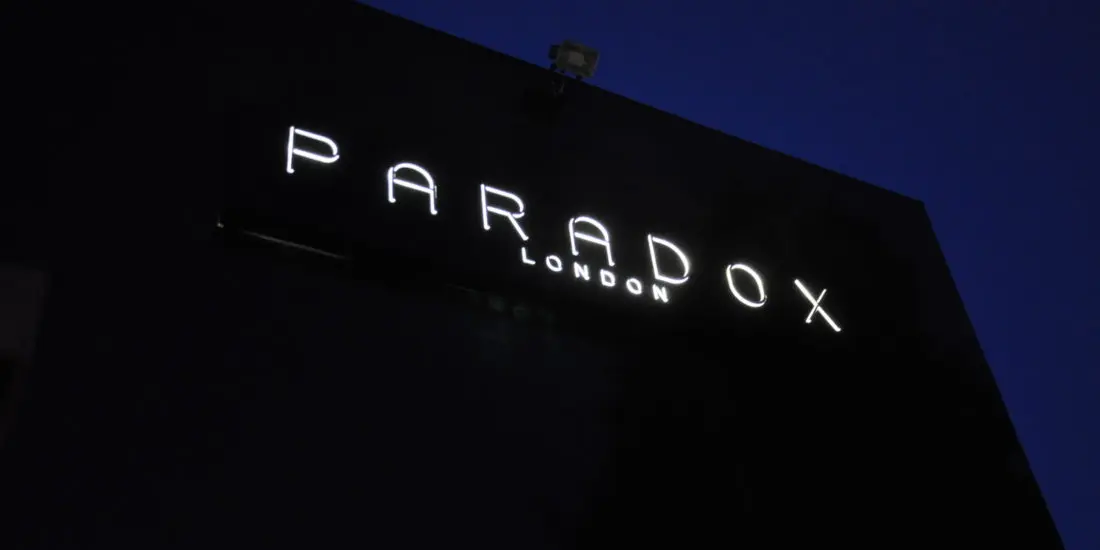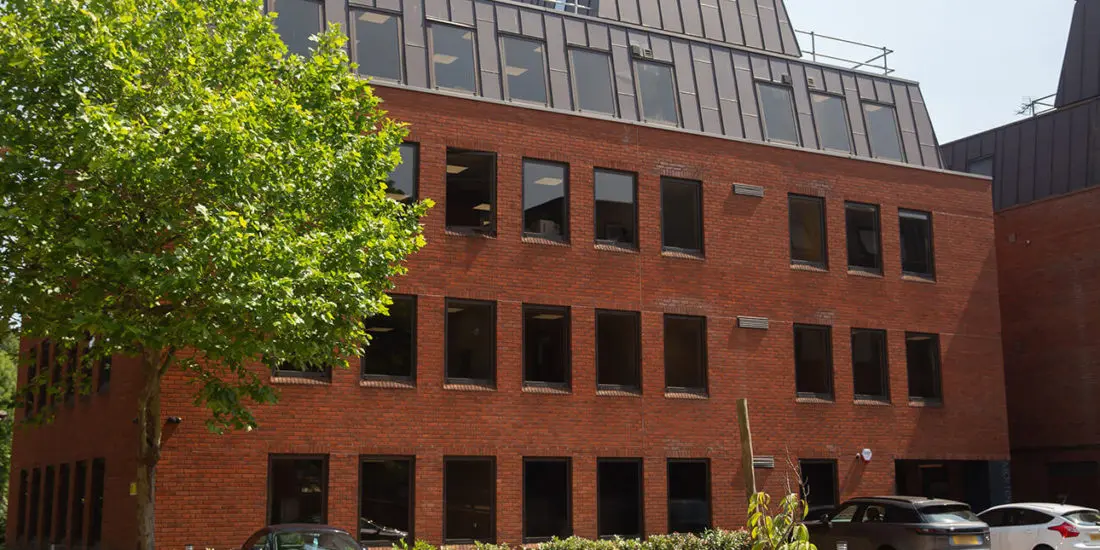Discover the Power of Suspended Ceilings:
A Fusion of Functionality and Modern Aesthetics. These innovative solutions conceal building infrastructure and enhance
workspace appeal, making them a smart choice for any modern office.
These versatile systems combine metal
grid structures with removable panels made from mineral fibre, metal, or
wood-look options. They excel at hiding HVAC systems and wiring while providing
superior acoustic management through
specialised sound-absorbing panels.
From basic tiles to high-end designer
options, suspended ceilings offer a canvas of endless possibilities,
transforming ordinary spaces into sophisticated
environments. The versatility of these systems is truly inspiring, with
countless design options waiting to be explored.
Understanding Suspended
Ceiling Basics and Components
Suspended ceilings, often called drop ceilings, represent an ingenious
design solution that changes spaces while concealing building infrastructure.
These versatile systems consist of a metal
grid suspended from the structural ceiling, supporting removable panels that create a clean, uniform appearance below.
Modern suspended ceiling types range from
traditional mineral fibre tiles to sleek metal panels and vibrant wood-look
options. The ceiling grid systems have progressed remarkably, offering
practical and aesthetic advantages. Standard T-bar configurations remain
popular, while designer grid profiles deliver design flair. The entire assembly
cleverly hides HVAC ducts, electrical wiring, and plumbing while
maintaining easy access for maintenance.
Building managers particularly appreciate how these systems can convert dated
spaces into contemporary environments
without major construction - it's like giving a room an instant face-lift.
These systems also provide excellent sound absorption properties through
specialised mineral fibre tiles that help create quieter, more productive
spaces.
Popular Materials and Their
Performance Characteristics
Today's marketplace offers an impressive
array of suspended ceiling materials,
each offering distinct performance benefits. From classic mineral fibre tiles to state-of-the-art metal panels, facility managers can select options that perfectly
correspond with budget constraints. A thorough material durability assessment
reveals that mineral fibre offers excellent acoustic properties while remaining affordable, while aluminium and
steel panels provide superior longevity and fire resistance.
A cost
comparison among popular materials reveals significant variations. Basic
mineral fibre tiles typically cost £1-3 per square metre, while high-end metal
panels can cost £15 or more. Glass fibre-reinforced gypsum presents a
middle-ground option, offering extraordinary aesthetics and decent sound absorption at moderate price
points. This information empowers facility managers to make informed decisions
that align with their budget constraints.
Suspended grid ceilings are the most widely
used type in office settings due to their easy maintenance access and ability
to conceal building services.
Lighting Integration and
Electrical Considerations
Proper lighting integration changes a
standard suspended ceiling into a design
masterpiece while addressing essential electrical and safety requirements. Modern LED options have transformed how
designers approach ceiling illumination, offering unparalleled flexibility in
both aesthetics and function. Integrating smart
lighting systems allows facilities to maximise energy efficiency while creating versatile environments that
respond to natural light conditions and occupancy patterns.
Suspended ceilings accommodate various
lighting configurations, from traditional fluorescent troffers to sleek
recessed LED panels that practically disappear when not in use. The plenum
space above these ceilings provides the perfect channel for electrical wiring, making upgrading or
modifying lighting systems easier as needs change. Building managers
particularly appreciate how this accessibility simplifies maintenance and
reduces long-term operational costs. Regular planned maintenance programs help ensure the
optimal performance of integrated lighting systems while preventing potential
electrical issues before they occur.
Acoustic Properties and Sound
Management Solutions
Effective sound management changes open
office spaces into productive work environments where conversations remain
private and ambient noise stays under control. Suspended ceilings play an
essential role in sound absorption,
utilising specialised acoustic panels
and tiles that can reduce noise intensities by up to 70%. These modern
solutions incorporate advanced materials like mineral fibre and perforated
metal, which trap and dissipate sound waves before they can bounce around the
workspace.
Sound management isn't just about noise reduction; it's about creating
the perfect acoustic balance.
Today's suspended ceiling systems often feature innovative "zones"
where different degrees of sound absorption can be implemented. Areas near
break rooms might require maximum dampening, while collaboration spaces can
maintain a lively yet controlled atmosphere. The result? A workspace that
sounds as good as it looks. Acoustic materials' performance is measured by
their NRC rating, which directly indicates their
ability to absorb and control sound in the space.
Design Options and Aesthetic
Possibilities
Modern suspended ceilings are a designer's dream, offering a vast array of
patterns, textures, and finishes.
From sleek metallic panels to warm
wood-look tiles, these systems can be tailored to transform any space into a
structural statement.
Contemporary colour schemes range from
classic whites and greys to bold highlight hues defining specific office space
zones. Designers can play with geometric
patterns, create floating islands, or install lively lighting that alters
the ceiling into a focal point. Some
innovative designs even incorporate 3D elements and asymmetrical layouts to
break away from traditional grid patterns. The versatility of suspended
ceilings allows creators to craft unique environments that reflect a company's brand identity while maintaining
practical overhead access.
Installation, Maintenance,
and Long-Term Care
Installing a suspended ceiling demands careful
planning and precise execution to secure long-lasting performance. Professional installation techniques
include precise grid layout, proper wire suspension, and careful panel
placement to guarantee structural
integrity and aesthetic appeal. Regular
inspections of support wires, grid connections, and panel conditions help
maintain the system's stability and appearance.
Modern suspended ceilings offer excellent sound insulation while providing
accessibility for building maintenance. Maintenance tips focus on keeping the
ceiling clean and functional through quarterly inspections and prompt repairs. Simple tasks like
dusting panels, checking for water stains, and tightening loose components can
prevent more significant issues down the road. Building managers should
document any repairs and maintain a schedule for deep cleaning. When panels
show signs of wear or damage, replacing them promptly helps preserve the
ceiling's overall appearance and prevents potential safety hazards. A well-maintained suspended ceiling can serve its
purpose effectively for decades.
Conclusion
Studies show suspended ceilings can reduce energy costs by up to 30% through improved temperature regulation and lighting efficiency. This extraordinary saving, combined with their aesthetic versatility and practical benefits, make suspended ceilings a priceless asset in modern design. From sleek minimalist panels to bold geometric designs, these flexible systems continue to develop, offering innovative solutions for both commercial and residential spaces while maintaining their status as a smart investment in any building's future.







